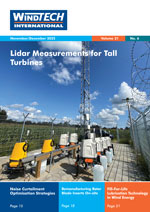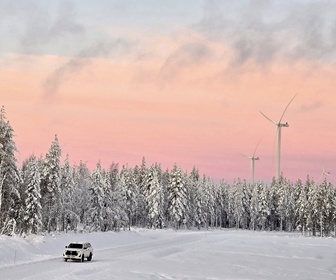A new international research initiative, EuroWindWakes, has begun with the aim of improving the accuracy of modelling wake effects in large offshore wind farm clusters in the North Sea. The project brings together partners from Germany, the Netherlands and Denmark to enhance predictions of wind energy yield and support cross-border maritime spatial planning.
The wake effect — reduced wind speed and increased turbulence downstream of wind turbines — is a key factor in lowering energy production in offshore wind farms. Existing models often estimate yields with an uncertainty of 20–30%. EuroWindWakes aims to reduce this to 10% through improved methods and model validation.
Led by Fraunhofer Institute for Wind Energy Systems IWES, the project includes institutions such as the Technical University of Denmark, Delft University of Technology, Deutscher Wetterdienst, Carl von Ossietzky University Oldenburg, Pondera Consult, EMD International, and DHI. Associated industry partners include RWE, BP, EnBW and TotalEnergies.
The project is supported by public funding from Germany's Federal Ministry for Economic Affairs and Climate Action, Denmark’s Energy Technology Development and Demonstration Programme, and the Netherlands Enterprise Agency as part of the EU’s Clean Energy Transition Partnership. It will run for three years from late 2024.










